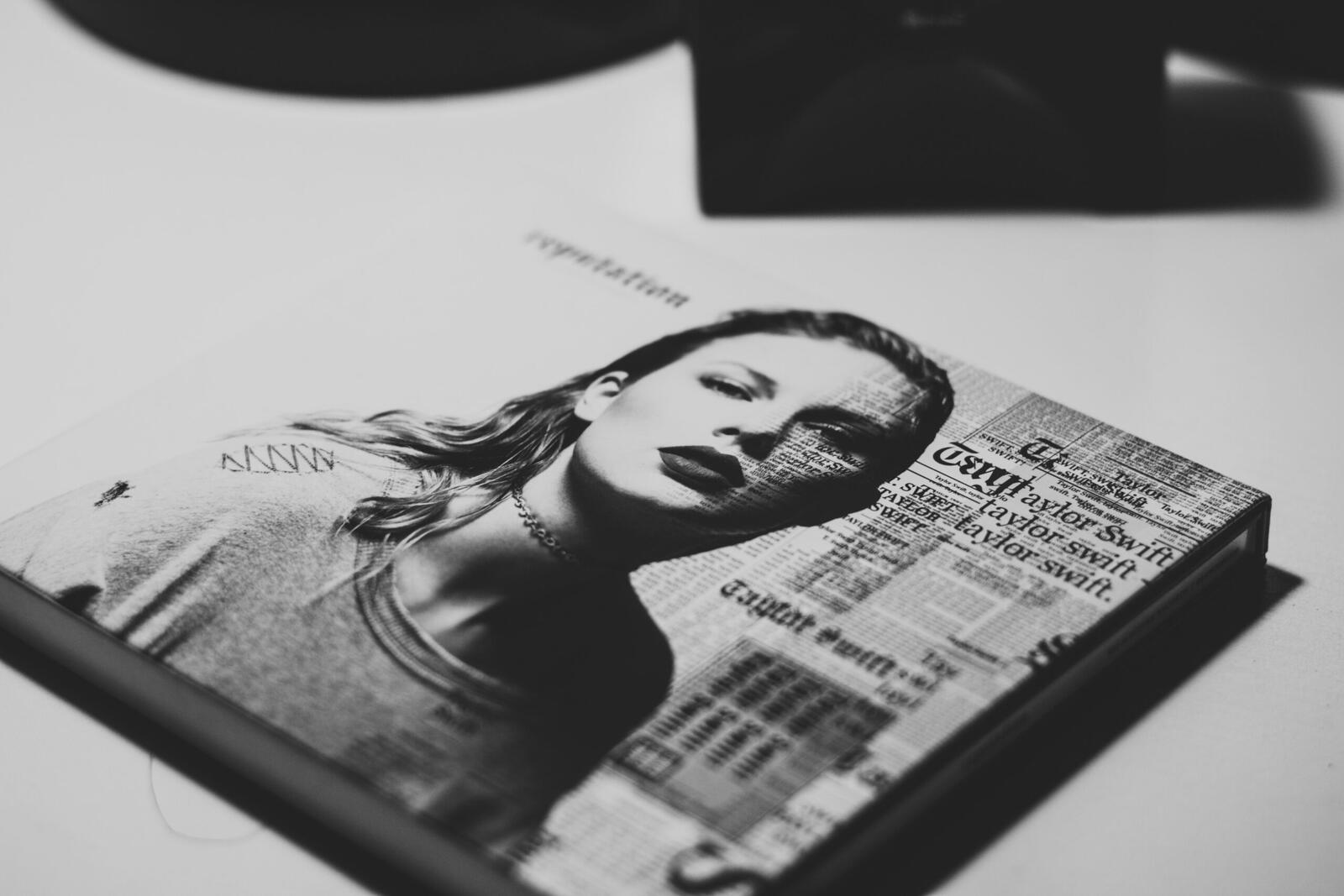Taylor Swift’s latest album, “The Life of a Showgirl”, released on 3 October, 2025, has garnered significant attention. But, not only for Taylor’s die-hard Swifties who’ve been counting down the days until the release, but also from outsiders who’ve been keeping close tabs on the album’s innovative promotional campaign.
The album launch was accompanied by an online scavenger hunt that began with a Google search for her name, leading to a cryptic message: “12 cities, 12 doors, 1 video to unlock.” Fans were tasked with finding these “doors,” scanning QR codes and uncovering 12 unique videos containing clues. Upon solving the puzzle, fans collectively needed to “knock” on a digital door by clicking 12 million times, ultimately revealing a lyric video for the song “The Fate of Ophelia” on YouTube. From there, the video revealed its own progress bar.
The AI Controversy Among Swifties
While the campaign was designed to engage fans in a unique and creative way, some fans began to question the authenticity of the videos. Several clips appeared to be AI-generated, leading to accusations that Swift had used artificial intelligence to produce promotional content.
This speculation was fueled by the video’s visual elements, which some fans found inconsistent with Swift’s usual style. However, there has been no official statement from Swift’s team or Google confirming the use of AI in the creation of these videos.
Determining the Use of AI
Confirming whether AI was used in the creation of these videos is challenging, to say the least. While the videos exhibited characteristics typical of AI-generated content, such as unnatural lighting and inconsistent facial expressions, there has been no official statement from Swift’s team or Google regarding the production methods. The ambiguity surrounding the video’s origins has fueled further debate among fans and industry observers.
As always, while it’s okay (and healthy) to ask questions and be curious, just because a few people have announced that the videos are AI-generated doesn’t mean it’s true. Even though they very well may be, there’s simply not enough evidence to prove that just yet.
More from Artificial Intelligence
- Which AI Skills Are Skyrocketing And Which Are Stalling?
- Experts Comment: Is The AI Bubble About To Burst?
- Hollywood Announces Its First AI Actor, And The Reviews Are In
- VC Comment: Amid The AI Frenzy, It’s The Startups That Will Shape The Future
- Is AI HMRC’s Newest Employee?
- Recording Calls Used To Be a Scandal – Now It’s a Side Hustle
- Is Meta’s AI Dating Assistant the Future of Finding Love Or Just Another Algorithm?
- Mind the Gap: Employees Are Adopting AI Faster Than Organisations, According to the Dev Barometer Q3 2025
So, What’s the Problem? The Ethical Debate
The core of the controversy lies in the ethical implications of using AI in creative processes. Critics argue that employing AI in artistic endeavors undermines the authenticity and emotional depth that human creators bring to their work. Furthermore, the use of AI raises concerns about the potential for job displacement within creative industries and the devaluation of human artistry.
Many people have taken to the internet to express their disappointment in Swift, a creative herself, for so-called “hypocritical” behaviour – as someone who’s previously spoken out about protecting creatives and artists, using AI to replace creative content is, surely, the very antithesis of that. Or so critics say.
On the other hand, proponents of AI integration in the arts contend that it offers new avenues for innovation and expression, allowing artists to explore uncharted creative territories. On a potentially more harsh vein, perhaps the problem that creatives are facing is that technology is now simply more efficient at producing high-quality work for lower prices. Does this mean everybody should be banned from, or condemned for, using advanced technology just to save jobs? Or, (unpopular opinion incoming), should people rather be striving to be better than AI? Should they not be finding new, creative ways to use this new technology as a tool to improve their work?
The solution can’t be “you can’t use it”. And, just in every other industry that’s being affected by AI (and just like all industries that have been influenced by previously “revolutionary” technologies), the harsh truth is: adapt and overcome, or be left behind.
Fan Reactions and Expectations
Fans’ reactions to the alleged use of AI have been mixed. Some express disappointment, feeling that the incorporation of AI detracts from the personal connection they have with Swift’s music and artistry. Others defend the use of technology, arguing that it is a natural progression in the evolving landscape of the music industry.
This divide highlights the broader societal debate about the role of AI in creative fields and the balance between technological advancement and human touch. But, will Swifties defend Taylor’s corner, or will she be left to defend herself alone?
A New Era in Music Promotion
Regardless of the methods used, Swift’s campaign exemplifies the growing trend of integrating technology into music promotion. The fusion of AI with traditional marketing strategies reflects the industry’s adaptation to digital advancements. As technology continues to evolve, artists and fans alike must navigate the complexities of this new landscape, balancing innovation with authenticity.
The controversy surrounding Taylor Swift’s use of AI in her promotional campaign underscores the ongoing dialogue about technology’s role in the arts. While concerns about authenticity and ethical considerations are valid, they shouldn’t hinder the exploration of new creative possibilities. Surely that’s emphatically counterintuitive?
As the music industry continues to evolve, embracing technological advancements can lead to innovative and enriching experiences for both artists and fans. The key lies in finding a balance that respects the essence of artistry while embracing the potential of new technologies.
Afterall, every generation thinks that their new technology will break what we already know and love. But, the reality is, we’re still here, it’s just about adapting. So perhaps, in a way, the use of AI in creative endeavours is nothing new at all – it’s just a different, more advanced version of the same.



